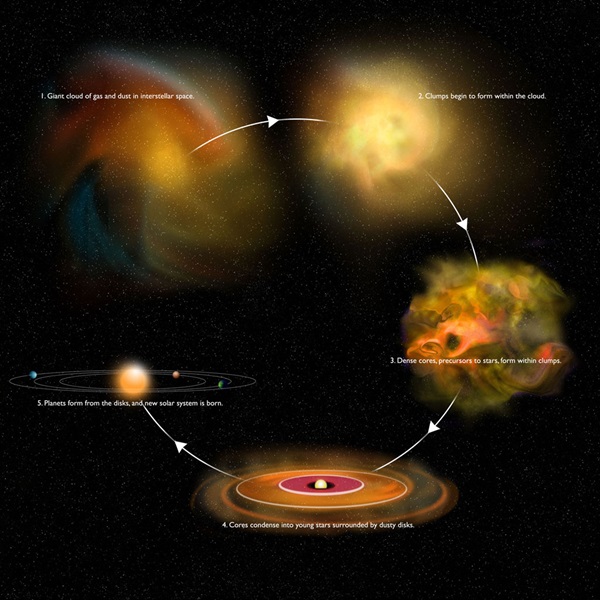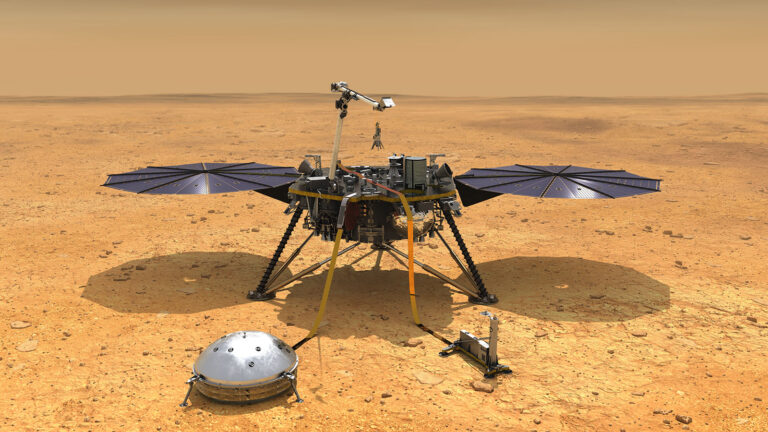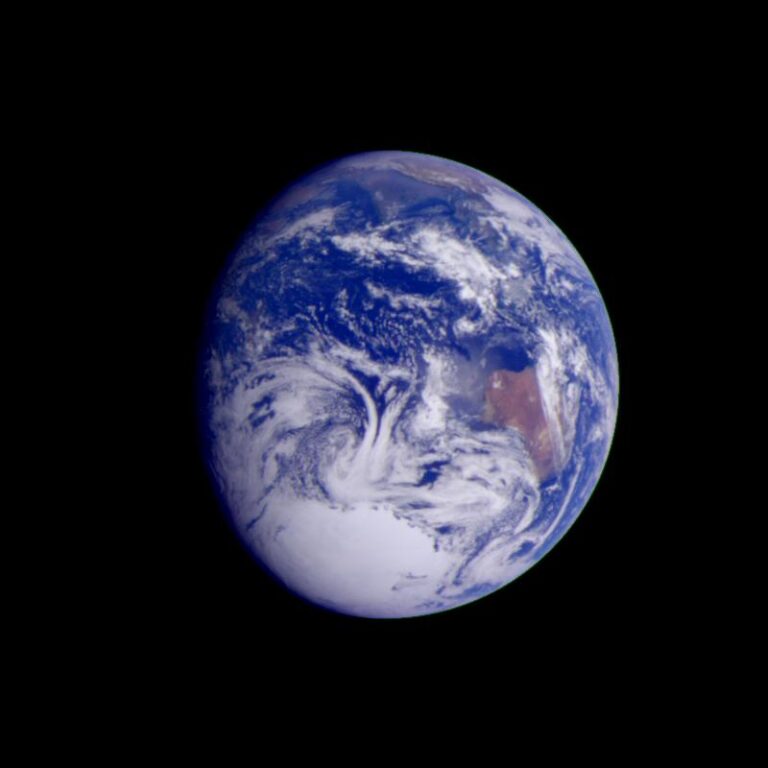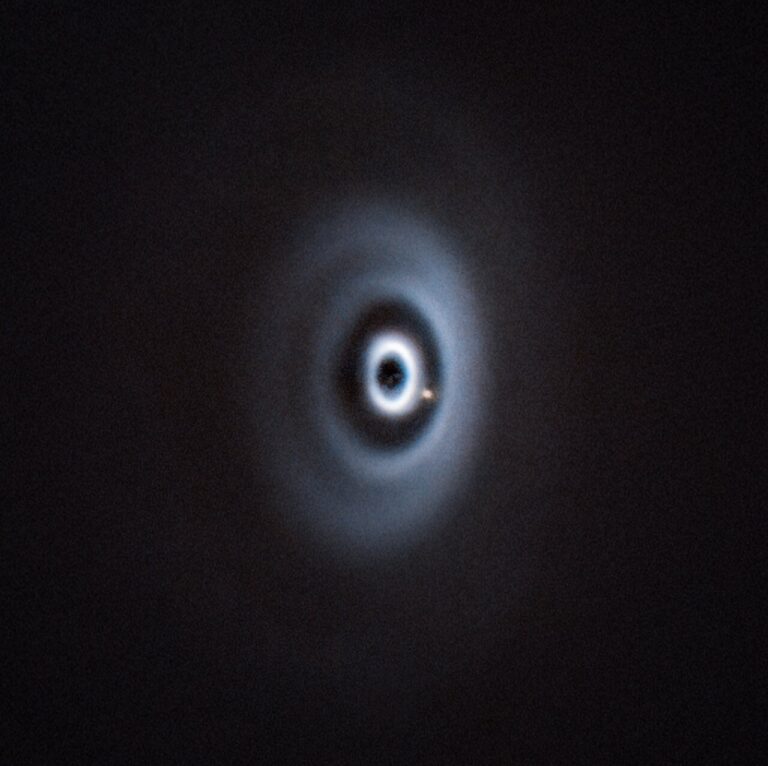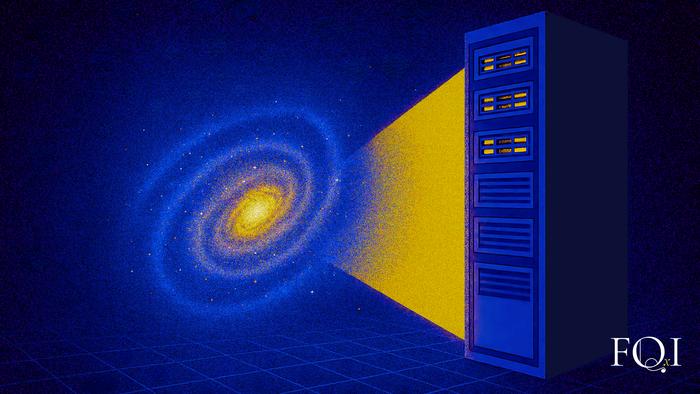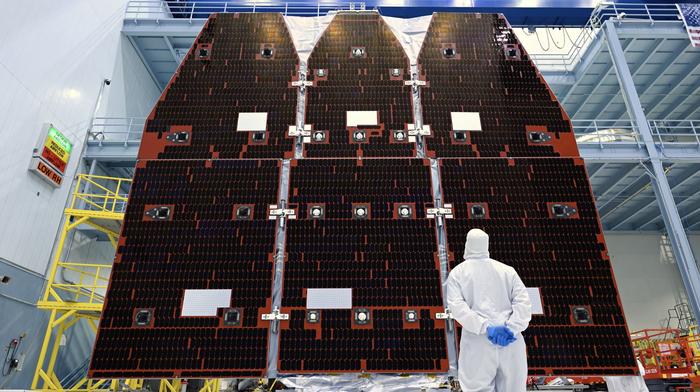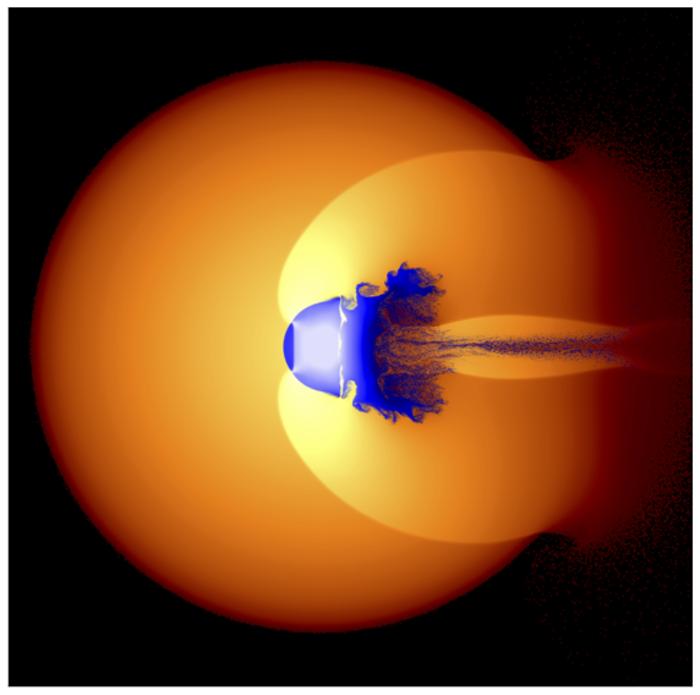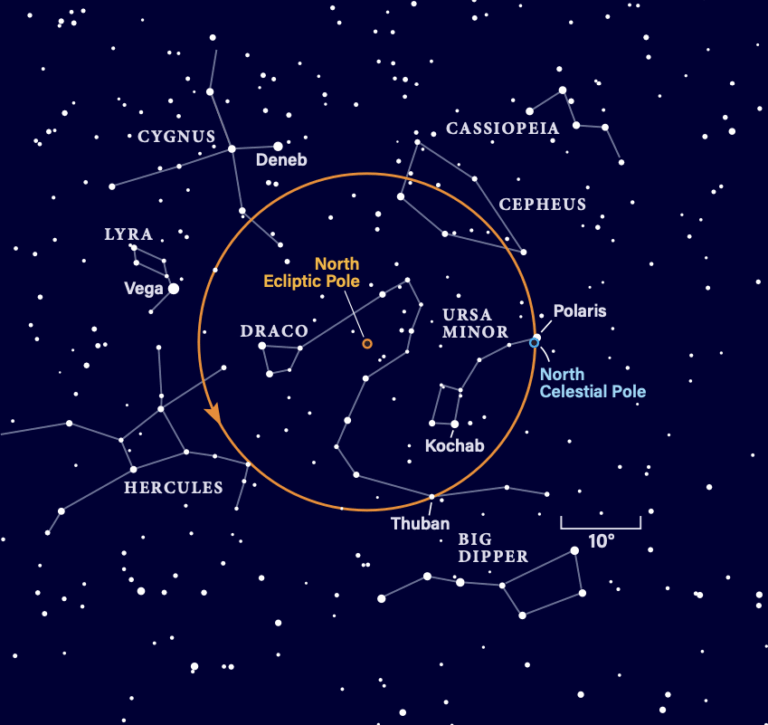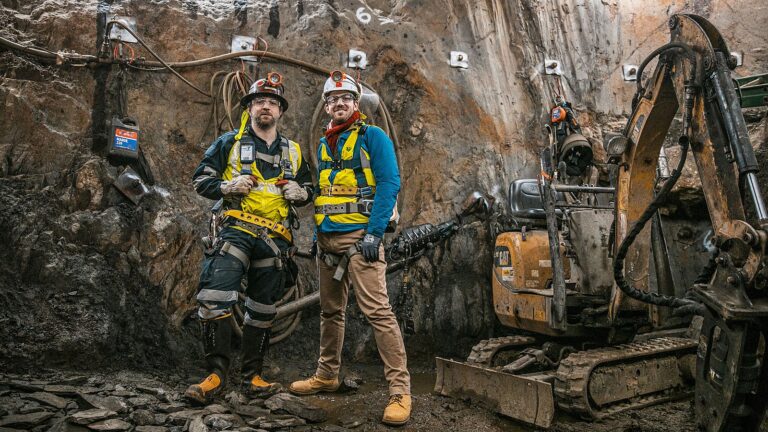Key Takeaways:
The scientists studied a giant cloud about 770 light-years from Earth in the constellation Perseus. They used the European Space Agency’s Herschel Space Observatory and the National Science Foundation’s Green Bank Telescope (GBT) to make detailed observations of a clump, containing nearly 100 times the mass of the Sun, within that cloud.
Stars are formed, astronomers think, when such a cloud of gas and dust collapses gravitationally, first into clumps, then into dense cores, each of which can then begin to further collapse and form a young star. The details of how this happens are not well understood. One difficulty is that most regions where this process is underway already have formed stars nearby. Those stars affect subsequent nearby star formation through their stellar winds and shock waves when they explode as supernovae.
“We have found the first clear case of a clump of potentially star-forming gas that is on the verge of forming dense cores and is unaffected by any nearby stars,” said James Di Francesco from the University of Victoria, Canada.
“Finding such a ‘pristine’ clump of gas that may be starting to form dense cores is a key to gaining a fuller understanding of the early stages of star formation,” said Sarah Sadavoy, also from the University of Victoria. “This is a rare find.”
The far-infrared images from the Herschel Space Observatory were obtained as part of the Herschel Gould Belt Survey key program. They revealed previously unseen substructures within the clump that may be precursors to cores with the potential to form individual stars. The astronomers used the GBT to study the motions and temperatures of molecules, primarily ammonia, within these substructures. These GBT observations indicate that one of the substructures is likely to be gravitationally bound and thus further along the path to condensing into a core than the others.
“This may be the first observation ever of a core precursor,” Di Francesco said.
The entire clump, the scientists say, could be expected to form about 10 new stars.
“This region appears to be an excellent candidate for future core formation, and thus is an ideal area for additional studies that can help us understand how this process works without the triggering effect of winds from other stars and shocks from supernova explosions,” Sadavoy said.

